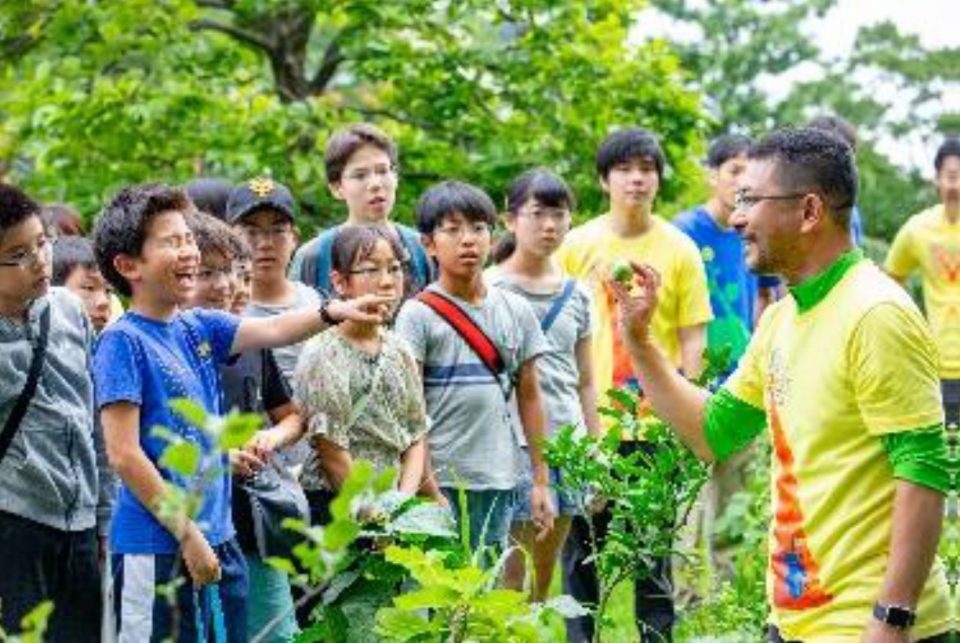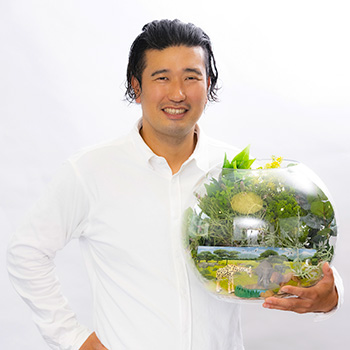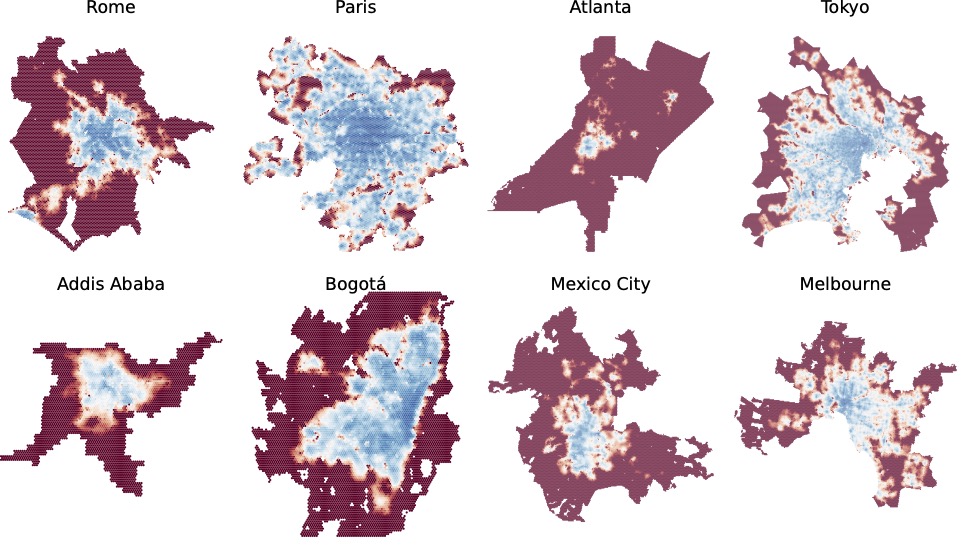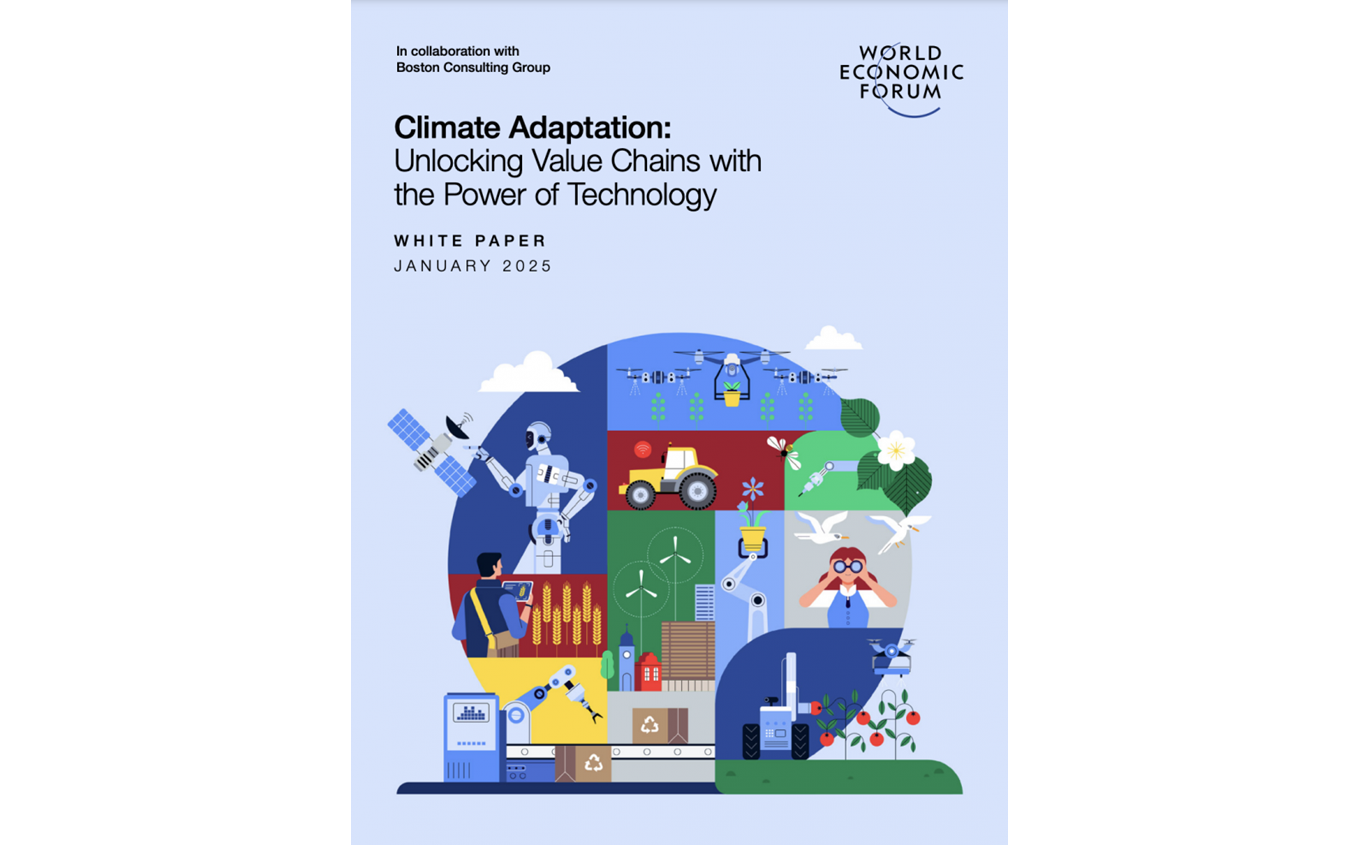Transboundary Research
「キッズワークショップ2020」に協生農法が参加
森ビル株式会社は、2020年8月8日(土) ~ 8月16日(日)の9日間、「キッズワークショップ2020」をオンラインで初開催します。2010年の初開催以来、新たな学び、出会いや交流の場として 親しまれてきた本イベントでは、様々な楽しい講座に無料で参加することができます。
この中の1つとして、協生農法を学ぶことのできる講座が登場します。この機会に是非、お申込みください。
■ いつもは見えない生態系ネットワークの存在について学ぼう!
六本木ヒルズの屋上庭園にある小さな農園。ここでは、生き物同士の関係を生かしながら植物を育てる新しい農法「協生農法」の実験が進んでいます。ワークショップでは、この農園から、私たちのまわりにいつもあるのに、 よく見ないと気づかない生態系ネットワークの存在をご紹介。学ぶ子どもたちもその一部である、循環する大きな自然の流れと、自分との接点について想像力をふくらませます。
日時: 8月10日(月)14:00 ~ 15:00
推奨年齢: 小学5年生から中学3年生
定員: 25名
<公式サイト/お申込み>
https://www.roppongihills.com/sp/workshop/2020/index.html

舩橋 真俊
Related News
[INFO]世界経済フォーラムのホワイトペーパーにSynecocultureが取り上げられました
Climate Adaptation: Unlocking Value Chains with the Power of Technology



